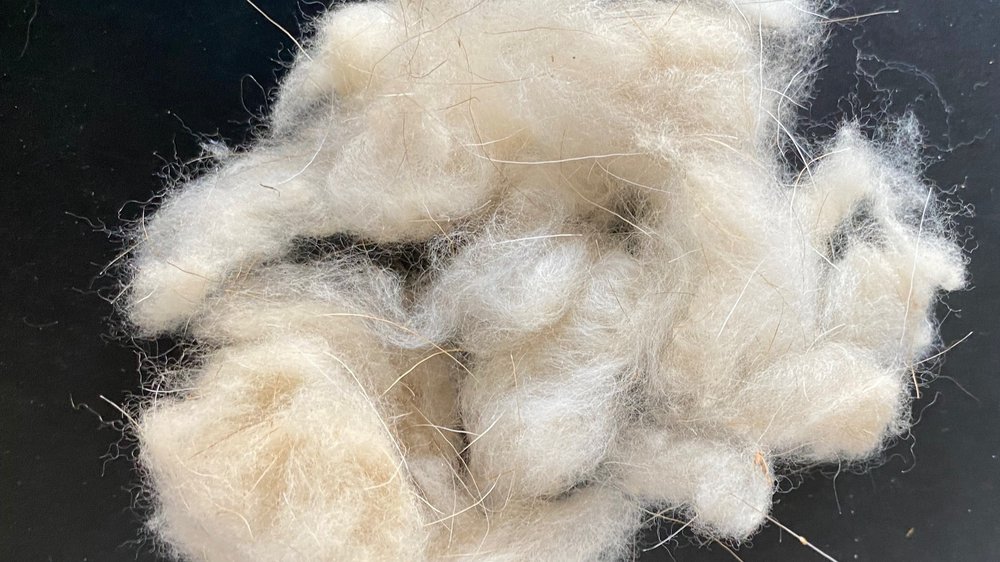How to Look After Your cashmere Garments and Keep Them Fresh
How to Look After Your cashmere Garments and Keep Them Fresh
Blog Article
Comprehending the Different Types of Cashmere a Natural Fiber and Their Special Advantages

The Origins of Cashmere: A Historic Overview
While the glamorous touch of cashmere continues to charm modern customers, its origins map back to the extreme, cool environments of Mongolia and the Himalayas. For centuries, the aboriginal individuals of these areas have actually been elevating Capra Hircus goats, the prime source of cashmere wool. These goats, resilient against the extreme winters months, expanded a great undercoat to make it through, which later on became known as cashmere.

The Manufacturing Refine: From Goat to Garment
Shearing a Capra Hircus goat marks the inception of the complex cashmere production procedure. The resultant raw cashmere is after that washed to get rid of contaminations such as grease, dust, and veggie issue.
The tidy fiber is subjected to dyeing, rotating, and weaving, or knitting, to change it right into a material. Complex treatments such as quality assurance checks and finishing processes comply with, making certain completion item preserves the lavish standard anticipated of cashmere. This meticulous procedure, from goat to garment, warrants the high expense connected to cashmere products, making them an icon of high-end and refinement.
The Various Kinds of Cashmere: An In-depth Evaluation

The Distinct Benefits of Cashmere: Comfort and Sustainability
Moving from the selection of cashmere types to the advantages they offer, comfort and sustainability stand out plainly. Cashmere, a natural fiber, is renowned for its unparalleled softness, giving a level of comfort that synthetic fibers can't match.
When it comes to sustainability, cashmere is biodegradable and sustainable, as it's gathered from cashmere goats who regrow their coats each year. what is cashmere. Unlike artificial fibers which can take centuries to decay, cashmere's influence on the environment is marginal. This mix of convenience and sustainability makes cashmere a helpful option for mindful consumers

Taking Care Of Your Cashmere: Maintenance and Conservation Tips
While cashmere is undoubtedly a lavish and lasting choice, it calls for specific like keep its top quality and expand its lifespan. To begin, cashmere should be hand washed using chilly water and a light cleaning agent. Stay clear of twisting or wringing the garment as it can damage the fibers. Rather, carefully eject excess water and lay it level on a towel Bonuses to dry. Cashmere things should be stored in a completely dry and awesome area, away from direct sunlight and dampness. Using moth repellents can safeguard these garments from potential damage. It's a good idea to prevent hanging cashmere to prevent extending. Rather, fold and shop them properly to keep their shape and top quality with time.
Investing in Cashmere: Recognizing Its Value and Well Worth
Although cashmere might initially appear like an expensive investment, its long-lasting value and worth ended up being apparent when you consider its amazing qualities. Understood for its unparalleled gentleness and warmth, cashmere is a costs natural fiber that outshines various other products. Spending in cashmere, therefore, is not simply about existing style fads, yet about embracing a sustainable, durable, and glamorous way of life.
Verdict
In summary, the kind of cashmere one chooses, be hop over to here it Mongolian, Chinese, or Italian, is determined by specific preferences for heat, spending plan, luxury, and sustainability. Understanding the origins, production procedure, and distinct benefits of various types of cashmere can guide consumers in their investment in this glamorous all-natural fiber.
Whether it's the phenomenal heat of Mongolian cashmere, the price of Chinese cashmere, or the eco-conscious production of Italian cashmere, there's a tale to be found behind each fiber kind. Cashmere, a natural fiber, is renowned for its unmatched softness, providing a degree of convenience that synthetic fibers can't match.When it comes to sustainability, cashmere is renewable and naturally degradable, as it's gathered from cashmere goats that regrow their layers each year. Known for its unmatched soft qualities and heat, cashmere is a costs all-natural fiber that exceeds various other products. Recognizing the origins, manufacturing process, and distinct benefits of different types of cashmere can guide customers in their investment in this extravagant all-natural fiber.
Report this page